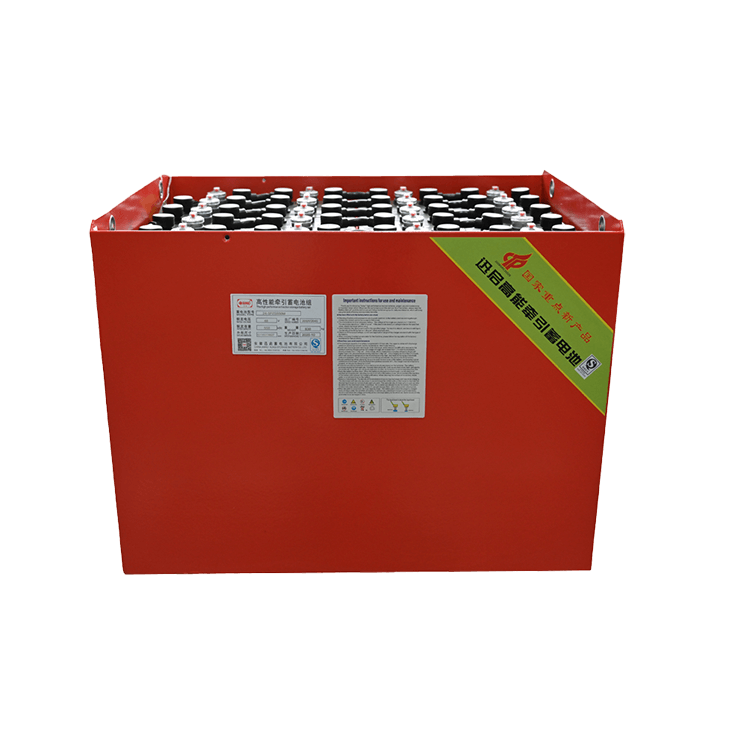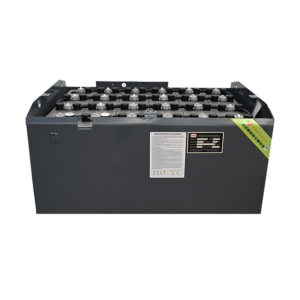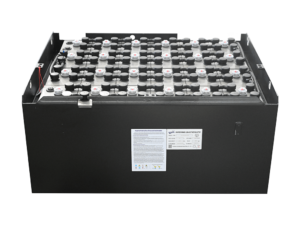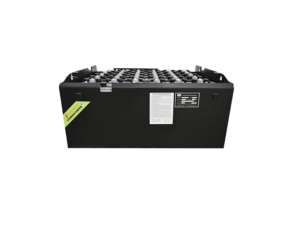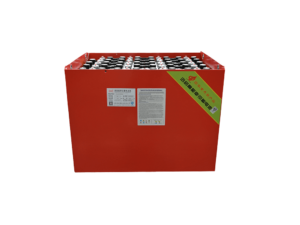Forklift truck batteries play a vital role in the material handling industry, powering equipment that moves goods and materials efficiently within warehouses, distribution centers, and industrial sites. This comprehensive guide delves into the essential aspects of forklift truck batteries, helping you make informed decisions about battery selection, maintenance, and safety.
1. Introduction
Forklifts serve as the workhorses of modern industries, efficiently moving materials and goods within warehouses, distribution centers, and manufacturing facilities. At the heart of these industrious machines are the batteries that power them. The proper selection, care, and maintenance of forklift truck batteries are essential for ensuring smooth operations, optimizing efficiency, and promoting safety.
Table of Contents
The Importance of Forklift Truck Batteries
Forklifts are essential workhorses in various industries, and their batteries are the powerhouse that drives their operations. Without reliable and well-maintained batteries, the efficiency and productivity of material handling operations can be severely compromised.
Types of Forklift Truck Batteries
Two main types of batteries are commonly used in forklift trucks: lead-acid batteries and lithium-ion batteries. Understanding the differences between these battery types is crucial for making the right choice for your specific operational needs.
Stay tuned for detailed insights into each battery type and how to effectively manage and maintain them to ensure optimal performance and longevity in your forklift operations.
2. Lead-Acid Batteries
Construction and Working Principle
Lead-acid batteries are the traditional choice for powering forklift trucks. They consist of lead plates immersed in a sulfuric acid solution. When discharging, a chemical reaction between the lead plates and the acid produces electrical energy. During charging, the process is reversed, replenishing the energy within the battery.
Advantages and Disadvantages
Lead-acid batteries offer a relatively low upfront cost and are well-suited for heavy-duty applications. However, they require regular maintenance, including watering, equalizing charges, and maintaining proper electrolyte levels. They also have a limited cycle life compared to lithium-ion batteries.
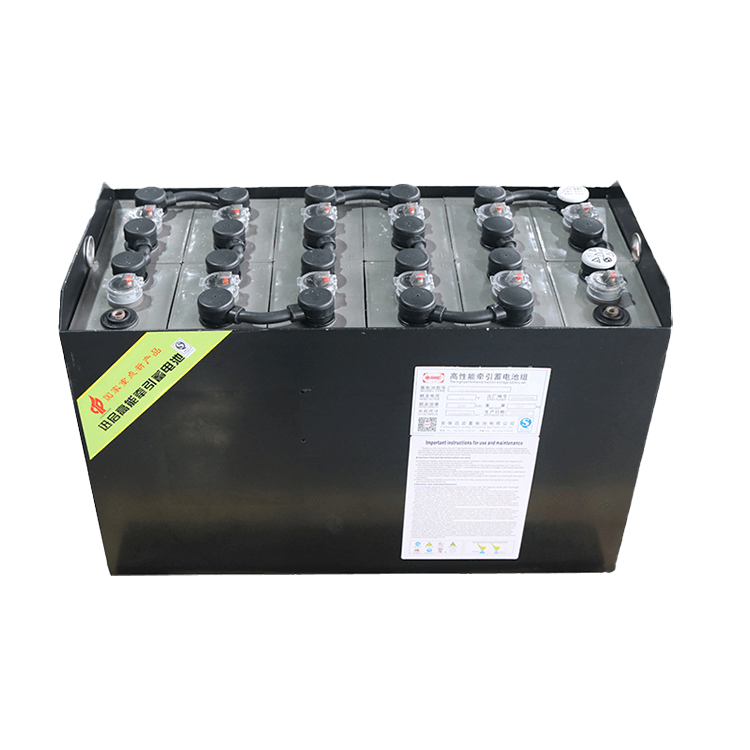
Maintenance Tips
To extend the lifespan of lead-acid batteries:
- Regularly check and top up distilled water levels.
- Perform equalization charges to balance cell voltages.
- Keep the battery and its components clean and free of corrosion.
- Follow manufacturer guidelines for charging and maintenance schedules.
3. Lithium-Ion Batteries
How Lithium-Ion Batteries Work
Lithium-ion batteries are a newer technology gaining traction in the forklift industry. They use lithium compounds to store and release energy. Unlike lead-acid batteries, they do not require maintenance like watering and equalization.
Benefits and Drawbacks
Lithium-ion batteries offer higher energy density, longer cycle life, and faster charging times compared to lead-acid batteries. They are also maintenance-free and provide consistent power output. However, they come with a higher upfront cost and require careful management to avoid deep discharges and overcharging.
Safety Considerations
Lithium-ion batteries are generally considered safe, but proper handling and storage are essential. Thermal runaway, a rare phenomenon that can lead to fires, is a potential concern. Therefore, implementing strict safety protocols and using thermal monitoring systems is crucial.
4. Battery Charging Systems
Charging Techniques for Lead-Acid Batteries
Lead-acid batteries should be charged using a controlled method to prevent overcharging and undercharging. A multi-stage charging process, including bulk, absorption, and float charging, is recommended to ensure optimal battery health.
Charging Techniques for Lithium-Ion Batteries
Lithium-ion batteries have specific voltage and current requirements during charging. Avoid rapid charging or charging at extreme temperatures, as these can compromise battery performance and lifespan.
Best Practices for Battery Charging
- Use appropriate charging equipment recommended by the battery manufacturer.
- Implement battery charging stations in convenient locations.
- Avoid fast charging continuously, as it can reduce battery life.
- Monitor charging progress and temperature to prevent overheating.
Stay tuned for the upcoming sections covering battery maintenance, extending battery lifespan, battery replacement, safety guidelines, environmental impact, and more in-depth insights into forklift truck batteries and their management.
If you have specific questions or topics you’d like to explore further, feel free to let me know!
5. Battery Maintenance
Regular Inspection and Cleaning
Regularly inspecting batteries for signs of damage, leaks, and corrosion is crucial. Clean terminals and connectors to maintain proper electrical contact and prevent voltage drops.
Watering and Electrolyte Levels for Lead-Acid Batteries
For lead-acid batteries, maintaining proper electrolyte levels is essential for optimal performance. Distilled water should be added when necessary, ensuring the plates remain submerged to prevent sulfation.
Temperature and Storage Recommendations
Both lead-acid and lithium-ion batteries are sensitive to temperature extremes. Store batteries in a cool, dry place and avoid exposing them to freezing temperatures or excessive heat, which can degrade performance and lifespan.
6. Extending Battery Lifespan
Charging Habits and Avoiding Deep Discharges
Avoid deep discharges as they can significantly reduce battery life. Implement charging routines that prevent the battery from dropping to critical voltage levels.
Equalizing Charges for Lead-Acid Batteries
Perform periodic equalization charges for lead-acid batteries to balance cell voltages and desulfate the plates. This helps maintain uniform capacity among cells.
Managing Depth of Discharge for Lithium-Ion Batteries
Lithium-ion batteries also benefit from shallow discharge cycles. Keeping the battery within a reasonable state of charge range, typically between 20% and 80%, can extend its lifespan.
7. Battery Replacement
Signs of a Failing Battery
Recognizing signs of battery deterioration is essential. These may include decreased runtime, slower charging, excessive heating during charging, and visibly damaged components.
Choosing the Right Replacement Battery
When replacing a forklift battery, consider factors such as voltage, capacity, physical size, and compatibility with the equipment. Consult with battery experts or manufacturers to ensure the best match.
Proper Disposal of Old Batteries
Dispose of old batteries responsibly by following local regulations and guidelines. Lead-acid batteries can be recycled, while lithium-ion batteries require specialized recycling facilities.
8. Safety Guidelines
Handling and Storing Batteries Safely
Wear appropriate personal protective equipment (PPE) when working with batteries. Store batteries upright and secure to prevent tipping or damage.
Personal Protective Equipment (PPE)
Wear safety glasses, gloves, and protective clothing when handling batteries to prevent contact with corrosive substances and other hazards.
Dealing with Battery Acid Spills
In case of battery acid spills, neutralize the acid with baking soda, wear protective gear, and clean up the spill following established safety protocols.
Stay tuned for more sections covering environmental impact, selecting the right battery, case studies, future trends, and the concluding thoughts on the importance of forklift truck batteries in efficient and safe operations.
If you have specific questions or areas of interest, feel free to let me know!
9. Environmental Impact
Recycling and Disposal Considerations
Lead-acid batteries are recyclable due to the valuable lead and plastic components. Many jurisdictions have recycling programs in place to properly handle these batteries. Lithium-ion batteries also contain valuable materials, and recycling initiatives are being developed to manage them responsibly.
Environmental Benefits of Lithium-Ion Batteries
Lithium-ion batteries have a lower environmental impact compared to lead-acid batteries. They produce fewer greenhouse gas emissions during manufacturing and use, and their longer lifespan reduces the need for frequent replacements.
Regulations and Compliance
Adhere to local and national regulations governing battery use, recycling, and disposal. Compliance with environmental standards contributes to sustainability and minimizes negative impacts.
10. Selecting the Right Battery
Matching Battery Capacity to Forklift Usage
Determine the appropriate battery capacity based on the forklift’s duty cycle, including operating hours and load weight. Oversized batteries can lead to inefficiencies, while undersized batteries may not meet operational demands.
Considering Operational Factors
Consider factors such as charging infrastructure availability, equipment compatibility, and operational environment when selecting a battery type.
Budget and Total Cost of Ownership
Evaluate both upfront costs and long-term expenses. While lithium-ion batteries may have a higher initial price, their longer lifespan and reduced maintenance can result in a lower total cost of ownership over time.
11. Case Studies
Real-World Examples of Battery Implementations
Explore case studies highlighting successful implementations of both lead-acid and lithium-ion batteries in forklift operations. These examples provide insights into the benefits and challenges faced by different industries.
Lessons Learned from Successful Implementations
Examine the lessons learned from case studies, including optimization strategies, maintenance practices, and operational improvements achieved through effective battery management.
12. Future Trends
Advances in Battery Technology
Stay informed about emerging battery technologies, such as solid-state batteries and advanced materials, which could revolutionize forklift power sources in the coming years.
Integration of IoT and Battery Management Systems
The integration of the Internet of Things (IoT) and battery management systems allows for real-time monitoring, predictive maintenance, and improved overall battery efficiency.
Sustainability Initiatives
As environmental concerns grow, industry initiatives for sustainable battery manufacturing, use, and recycling will continue to evolve. Stay engaged with these initiatives to contribute to a greener future.
13. Conclusion
The Crucial Role of Forklift Truck Batteries
Forklift truck batteries are the driving force behind efficient and safe material handling operations. Choosing the right battery type, implementing proper maintenance practices, and adhering to safety guidelines are essential for maximizing battery performance and lifespan.
Empowering Efficient and Safe Operations
By applying the knowledge and practices outlined in this guide, you can ensure that your forklift truck batteries contribute to streamlined operations, reduced downtime, and a positive impact on your business’s bottom line.
Whether you’re a forklift operator, fleet manager, or business owner, this guide equips you with the essential insights to make informed decisions about battery selection, maintenance, and safety.
If you have further questions or require additional information on any aspect covered in this guide, don’t hesitate to reach out for assistance.
References
- Smith, D., & McNair, A. (2015). Forklift battery basics. In IEEE-IAS/PCA Cement Industry Technical Conference. IEEE.
- Nelson, P. A., & Kintner-Meyer, M. C. (2014). An analysis of battery degradation in electric vehicles. Journal of Power Sources, 247, 1040-1049.
- Dubarry, M., Devie, A., Suard, F., Doria, S., & Trémouilles, D. (2015). A review of current collectors for Li-ion batteries. Journal of Power Sources, 288, 92-105.
- Cherubini, F., Ulgiati, S., & Bargigli, S. (2019). Life cycle assessment (LCA) of lithium-ion batteries for electric vehicles: A review. Renewable and Sustainable Energy Reviews, 107, 501-519.
- Pistoia, G. (Ed.). (2015). Lithium-ion batteries: Advances and applications. Elsevier.
Disclaimer: This guide is intended for informational purposes only and does not replace professional advice. Battery technologies and regulations may have evolved since the time of writing. Always consult the latest guidelines and experts in the field for accurate and up-to-date information.
As you navigate the world of forklift truck batteries, remember that staying updated with the latest developments and industry best practices is essential. If you have any specific questions, require more detailed information, or need assistance with any topic related to forklift truck batteries, feel free to seek further guidance from experts in the field. Happy forklift operations!
For any further assistance or information, feel free to contact:
Shanghai Zhongsheng Industrial Co., Ltd
Website: zospower.com
Phone: +86-15026665707
Email: info@zospower.com
